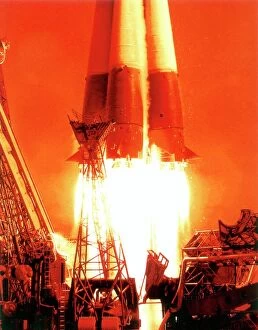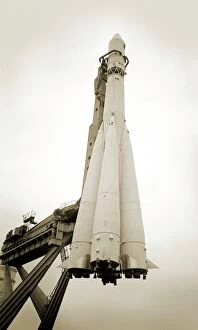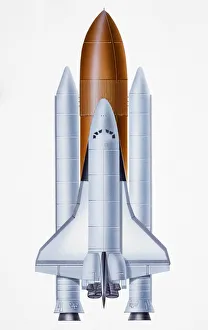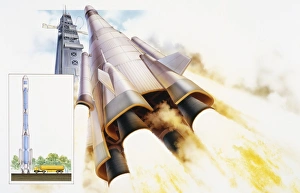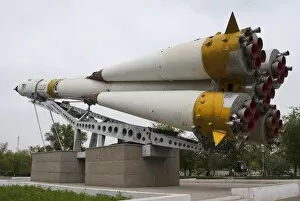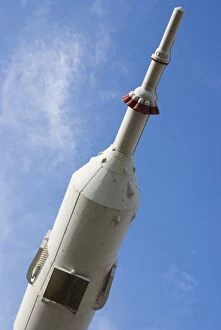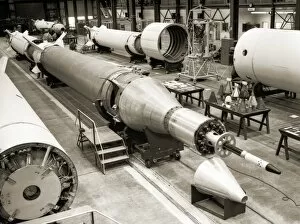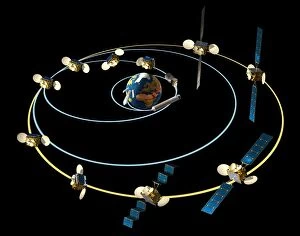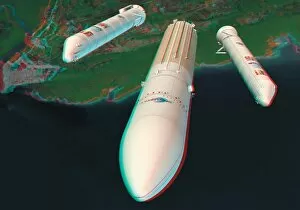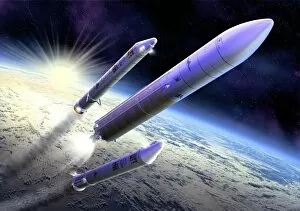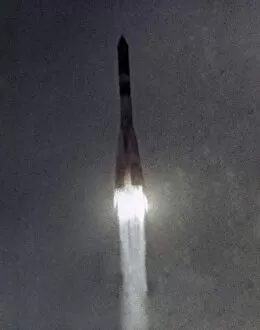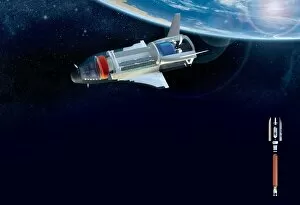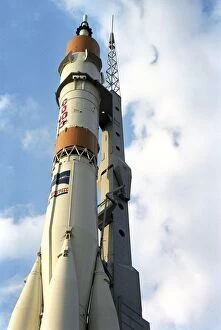Boosters Collection
"Boosters: Propelling the Future of Space Exploration" In 1961, history was made with the launch of Vostok 1 spacecraft, a remarkable achievement by the Soviet Union
All Professionally Made to Order for Quick Shipping
"Boosters: Propelling the Future of Space Exploration" In 1961, history was made with the launch of Vostok 1 spacecraft, a remarkable achievement by the Soviet Union. The powerful Vostok rocket soared into the Moscow skies, carrying Yuri Gagarin as he became the first human to journey into space. Boosters played a crucial role in this groundbreaking mission, propelling the spacecraft towards new frontiers. With their vibrant colors and intricate engine systems, they have always fascinated us, and are not just mere illustrations; they represent our relentless pursuit of knowledge and our unyielding spirit of exploration. From NASA's proposed Nova infographic to America's first satellite Explorer-1, these inventions have paved the way for countless scientific breakthroughs. As technology advances, so does our understanding of space. A new service platform for NASA's Space Launch System booster engines is carefully secured on a flatbed truck – an emblematic image that symbolizes progress and innovation. Former NASA astronaut Nicole Stott stands proudly next to the iconic "meatball" logo, reminding us of humanity's achievements beyond Earth's boundaries. From Cape Canaveral to Artemis I missions, boosters continue to play an integral role in shaping our future in space exploration. United Launch Alliance Delta IV port booster being mated or lowering Artemis I aft booster segments onto mobile launchers showcase how these incredible machines propel us closer to unlocking mysteries that lie beyond our planet. The individuals involved in these endeavors deserve recognition too – from pilots like Jim Keys to assistants like Christina Korp – their dedication ensures that every mission is executed flawlessly and can more than just components; they embody mankind's insatiable curiosity and determination to reach for the stars. As we look ahead with anticipation and excitement towards what lies beyond Earth’s atmosphere, let us remember that it is through these boosters that we will continue pushing boundaries and expanding horizons.

